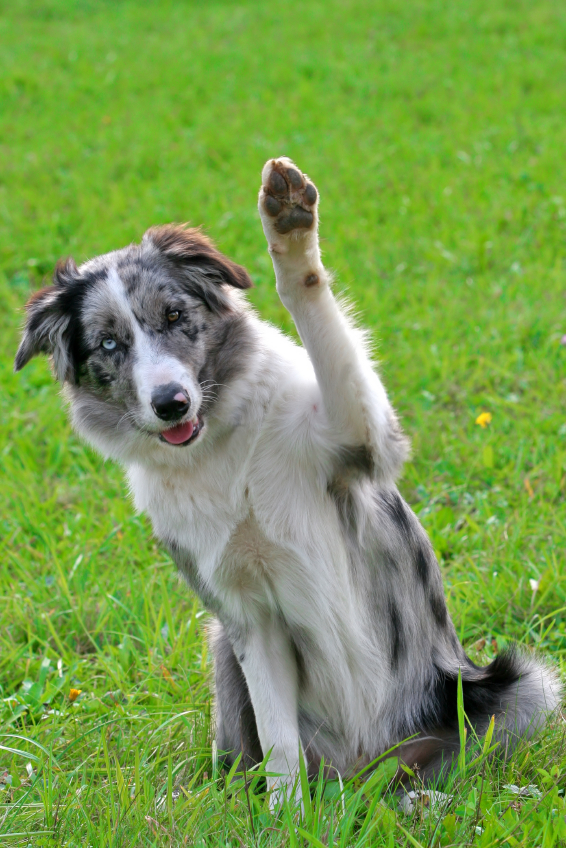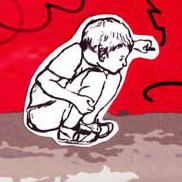
Almost ten years after starting to blog, I removed my contact page and turned off comments on old posts today. I’ll leave the site up, because a few of our informative posts still get a lot of traffic. I may pull out an old draft and post something occasionally, but there won’t be any rhyme or reason to it. Maybe in another ten years, I’ll start writing again. You never know what might happen!








